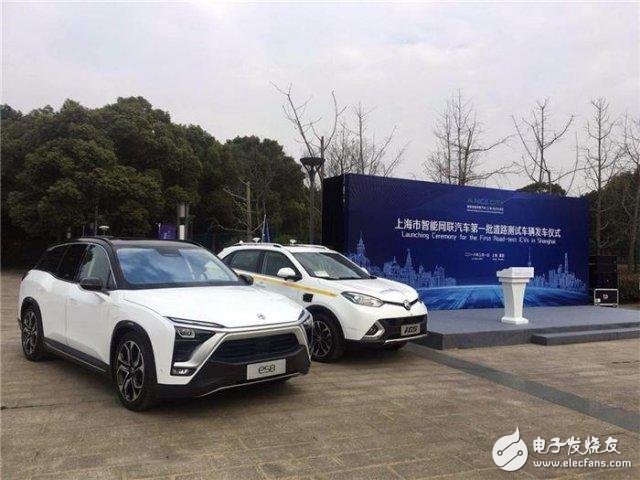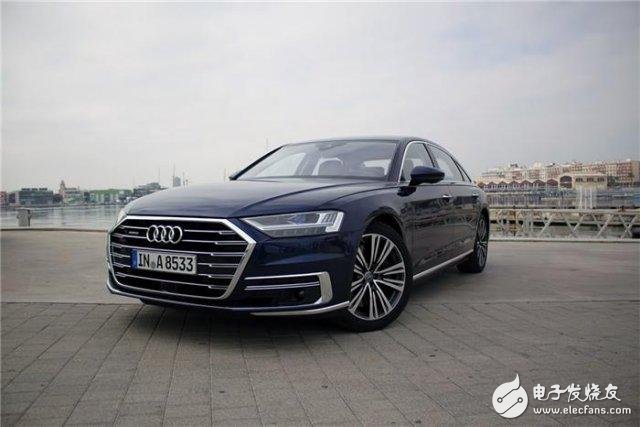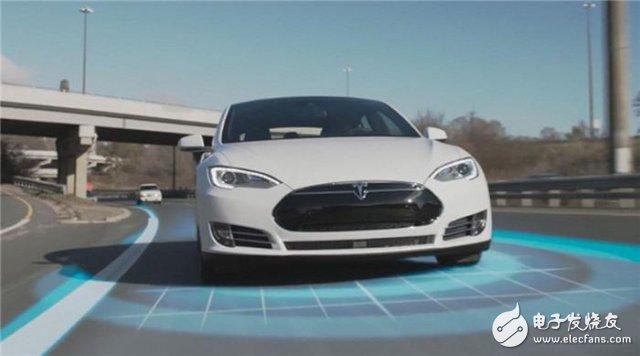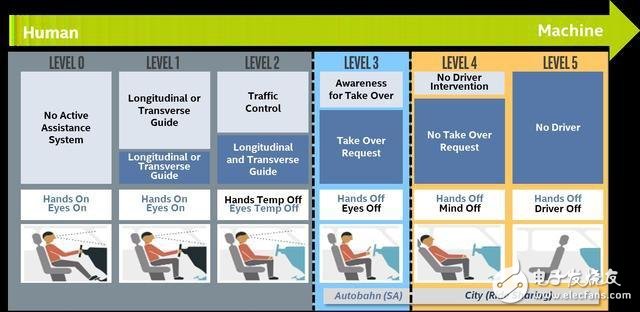Our generation is happy. We have witnessed the growth history of China's own brand cars from scratch and from small to large. We have witnessed the history of China's auto market growing into the world's largest single market. Now we have a chance to witness China. Cars lead the world in another field – autopilot commercialization.

On March 1, 2018, the Shanghai Municipal Government held a press conference to introduce the relevant situation of the Shanghai Intelligent Network Linked Vehicle Road Test Management (Trial) and issued the first batch of intelligent networks for SAIC and Weilai Automobile. The joint vehicle open road test number plate indicates that the automatic driving has officially entered the open road test phase in China.

It is true that the United States began authorizing car companies and Internet companies to conduct open road tests many years ago. Chinese cars are still following in the field of automatic driving research and development, but after careful analysis, it is not difficult to find that this does not affect China becoming the first automatic. Driving a big country of commercialization.
Autopilot is currently in developmentIn 2017, Audi released the new A8, claiming that the new car is equipped with an autopilot system that reaches the L3 level and is considered to be the highest level of autonomous driving that can be achieved at this stage.

The so-called L3 level autonomous driving refers to the third level of automatic driving level among the five automatic driving levels according to the American Society of Automotive Engineers (SAE). The L0 level means that there is no automatic driving function at all, and the L5 level means that the car can be in any environment. Under any condition, one can completely leave the steering wheel. The L3 level autopilot allows the vehicle to achieve conditional autopilot.

For example, the limitation of A8 is that the expressway, clear lane line and speed are not higher than 60km/h. Under such conditions, the driver can completely hand over the vehicle to the system and put the energy completely outside the driving, such as Brush Weibo? (currently Chinese law is not allowed)

Obviously, the L3-class autonomous driving on the A8 is far from what we expected. Tesla, which is more familiar to everyone, has an autopilot level of only L2, requiring drivers to monitor road conditions at any time and take over the vehicle whenever they need it. This is because the level of automatic driving safety is still doubtful, and even under the allowed conditions, the system cannot guarantee that no accidents will occur at all. Tesla's autonomous driving has caused at least one Chinese consumer and one American consumer to die.
5G communication lays the foundation for complete autonomous drivingThe obvious point is that if you only rely on the vehicle's own sensors and processing, to achieve automatic driving on a complex, non-standardized road, it is extremely difficult to achieve, so the industry has turned its attention to 5G networks.

The so-called 5G network refers to the fifth generation mobile communication network. Compared with the currently fully covered 4G network, the data transmission rate of the 5G network will increase by several hundred times, the network delay will be reduced to several milliseconds, and the network area can accommodate millions or more network devices.
The significance of 5G networks for autonomous driving is self-evident. Thanks to the advantages of the 5G network, the information on the size, shape, position and speed of all traffic participants, including motor vehicles, non-motor vehicles, pedestrians and even pets, will be connected to the network in real time. Road facilities such as road conditions, street lights, signal lights, Infrastructure data such as monitoring probes also access the network in real time. The vehicle relies on its own sensors to determine the surrounding environment, and it also receives other vehicles, pedestrians and all necessary traffic data to update high-precision maps in real time. Due to the real-time sharing of traffic data, any operations that may cause an accident are monitored in real time and transmitted to relevant road participants to ensure safe and reliable autonomous driving.
For this reason, the industry generally expects the popularity of 5G networks, and believes that the popularity of 5G networks will lay the foundation for complete autonomous driving, that is, L5-level automatic driving.
China will be the first big country to automate commercializationFrom the above analysis, autopilot, especially high-level autopilot, has very high requirements for infrastructure. In particular, high-level automatic driving that requires commercialization, intelligent interconnected road facilities, 5G networks, and car networking are all indispensable, and these are the advantages of China.
For example, earlier, Zhejiang announced the construction of China's first super highway to support autonomous driving. On this super highway, a big data-driven smart cloud control platform will be built. Through intelligent systems and vehicle control, the speed of the expressway is effectively increased, and the average running speed of the vehicle is increased by 20-30%. This will accumulate valuable experience for the construction of intelligent transportation facilities in China.
At the level of the Internet of Vehicles, thanks to the popularity and high coverage of 3G and 4G networks, almost all of the self-owned brand passenger car products that have been listed since 2015, and a large number of joint venture brand products have achieved the Internet of Vehicles. With this foundation, when the time is right, the car network is upgraded to a 5G network, and the related functions are well established.
The most critical is the commercialization and coverage of 5G networks. There is reason to believe that China's 5G network coverage is leading among the world's largest countries with R&D leadership, institutional advantages, and population size.
In terms of the current coverage of 4G networks, China is one of the countries with outstanding land areas, with the exception of South Korea, Japan, Singapore, and Hong Kong, China, which are small and densely populated. The signal area coverage level is significantly better than that of the United States, Canada and other countries with close land areas. Considering that China's 4G network deployment is later than major countries, such achievements are significant, which is inseparable from the state-owned attributes and public interest attributes of Chinese network operators.
China's R&D in 5G networks is also at the forefront of the world. For example, China's submission of 5G international standards accounts for 32% of the world's total, and lead standardization projects account for 40%. Both speed and quality are higher in the world. According to the plan announced by the Chinese government, it is expected that by 2020 China will realize the commercial deployment of 5G networks. We have reason to believe that among the major powers, the deployment progress and coverage level of China's 5G network can reach the leading level.
We believe that even though the research and development of China's automatic driving is just beginning, the gap between us and the international leading level is not out of reach. We have a chance to catch up. For the international companies with leading R&D progress, considering the scale of the Chinese market and the level of infrastructure, it is a very rational choice to prioritize the implementation of autonomous driving commercialization in China.
For this reason, there is reason to believe that China will become the first country in the world to achieve large-scale commercialization of autonomous driving. The progress is likely to lead the United States and Europe, and we will be fortunate to witness this great moment.
The KSPOWER brand P series led driver - small plastic unit led driver provides white color constant voltage single output LED Drivers with IP20 rating environment protection for indoor use. The Dc led driver accept universal input 100 to 240V AC voltage, it can make the output wattage of 3W to 60W and accept 5 Volt to 48 Volt DC output voltage optional. The P series LED DC driver is one plastic housing, accept one year after-sale customer service and both RU/cRU CE RoHS style enclosures. The P series AC adapter driver is small volume size design and protections for short circuit, over load, over voltage and over current. The P series small led driver use PC raw materials and 100% full load burn-in test, makes dc driver the power solutions perfectly easy for installation. The P series led driver transformer is the best choice for LED strips, LED 5050 RGB lights and led moving sign applications.
transformers led lights, Dc Led Driver, small led driver, led driver transformer, 30w led driver
Shenzhenshi Zhenhuan Electronic Co., Ltd , https://www.szzhpower.com